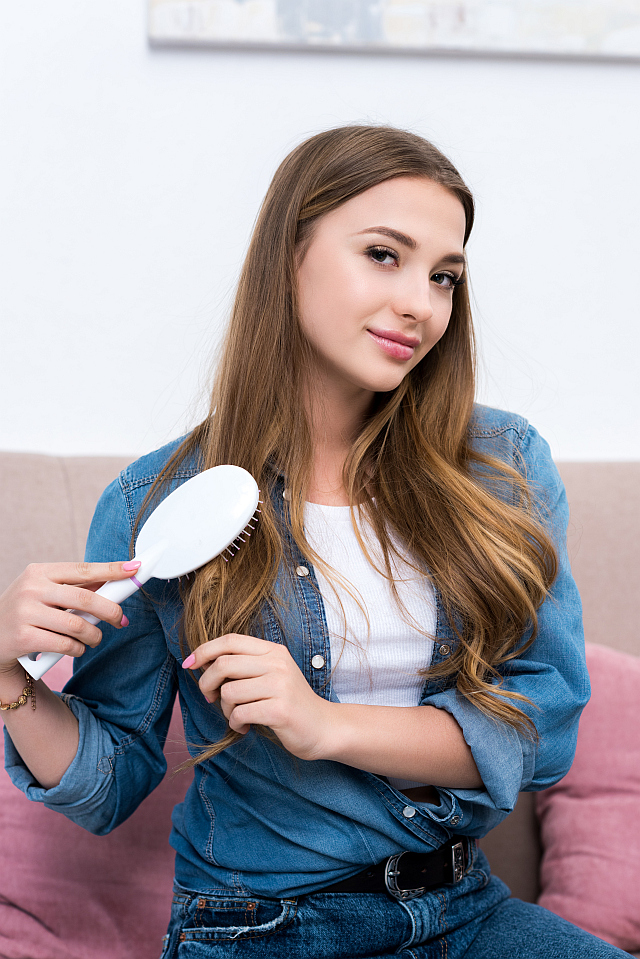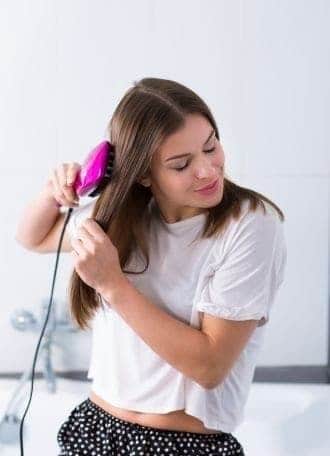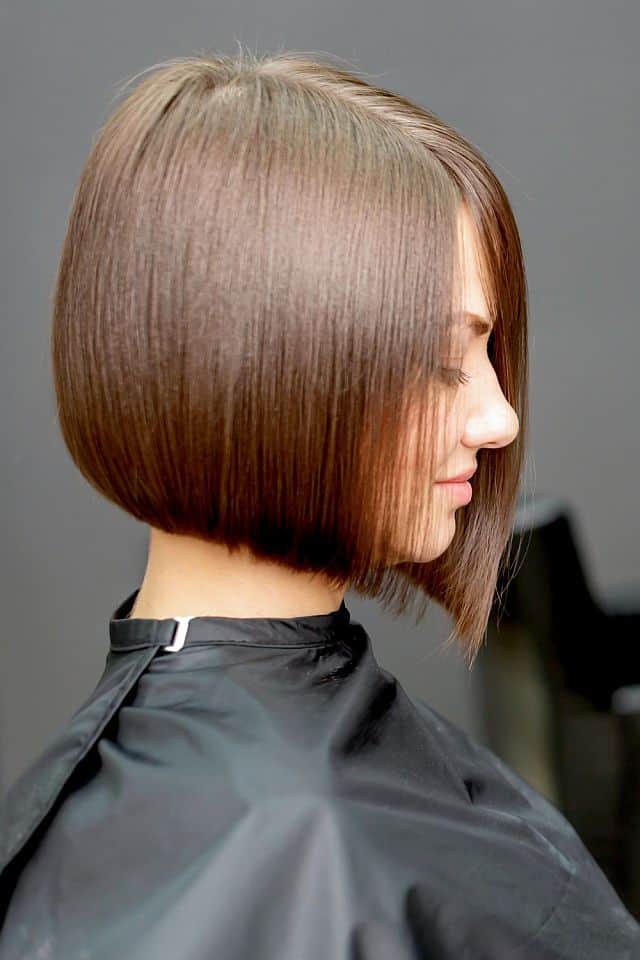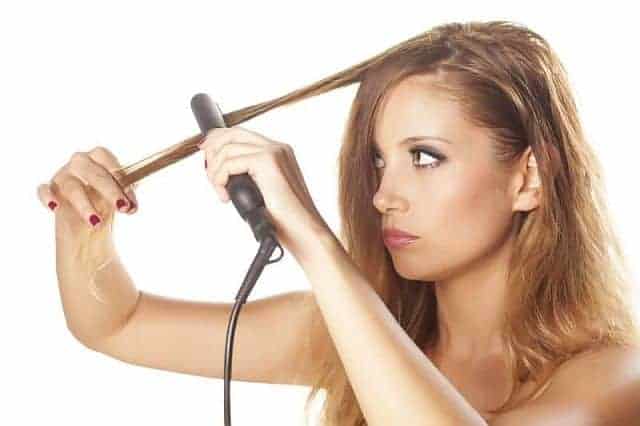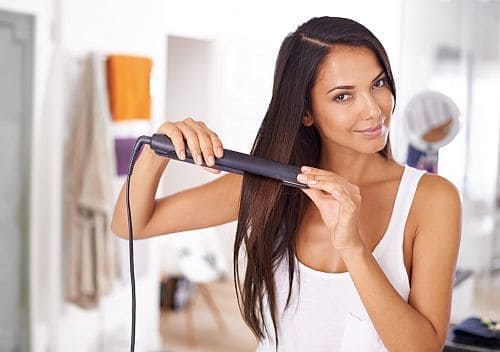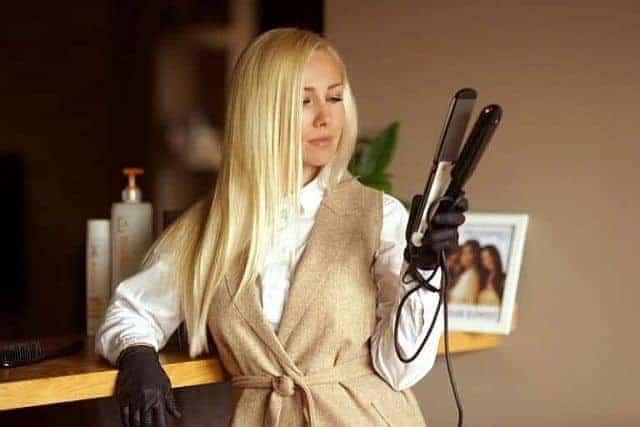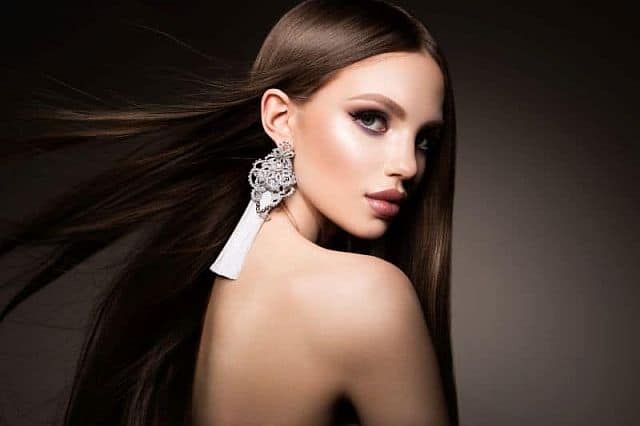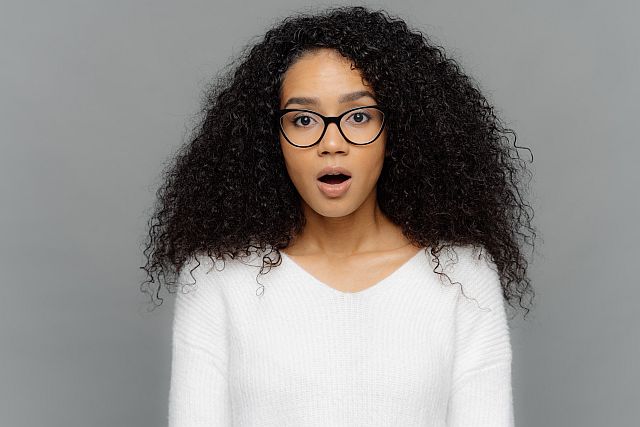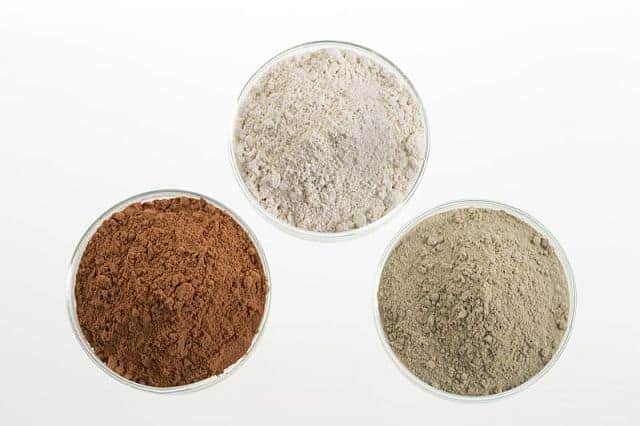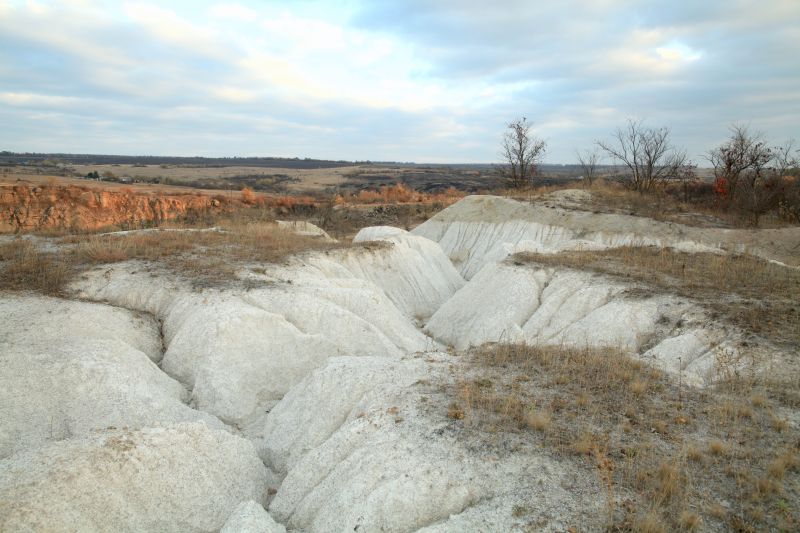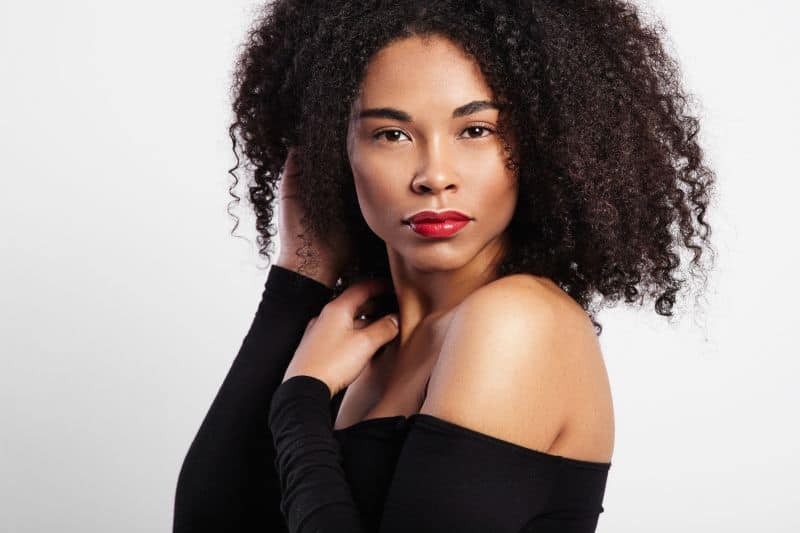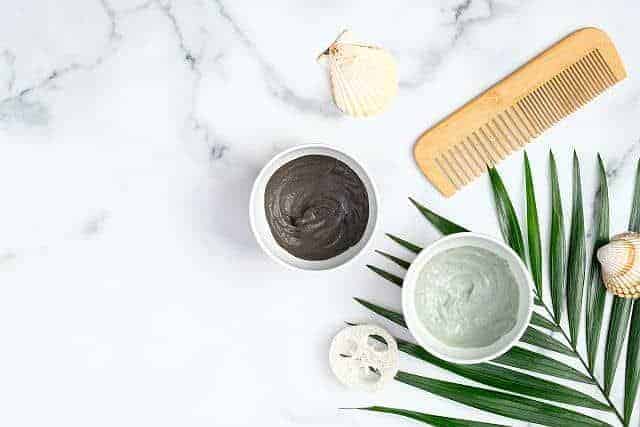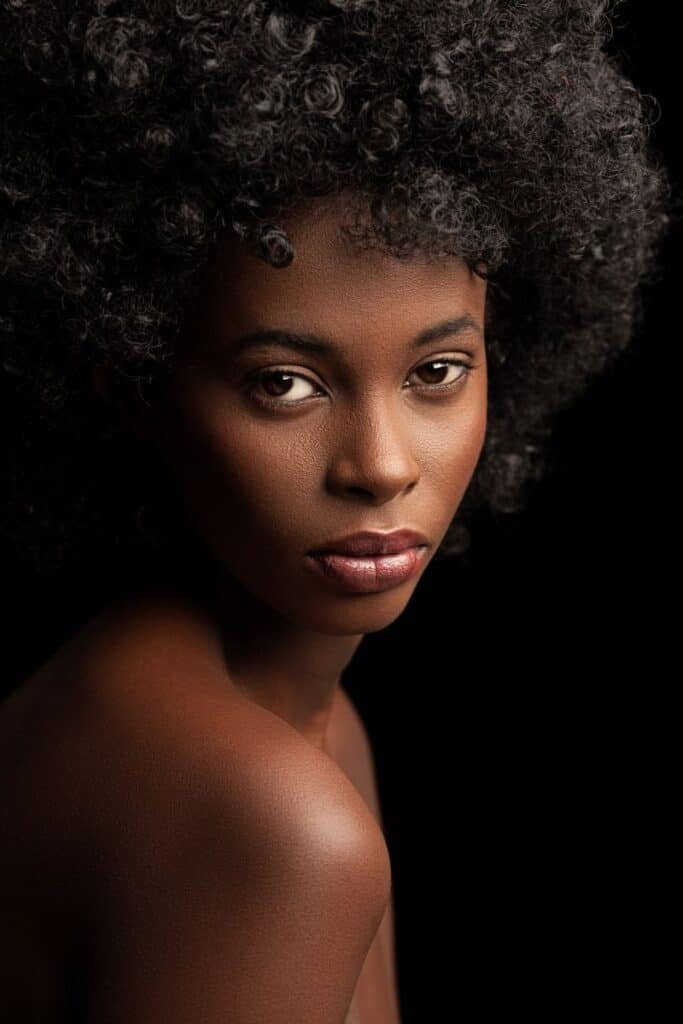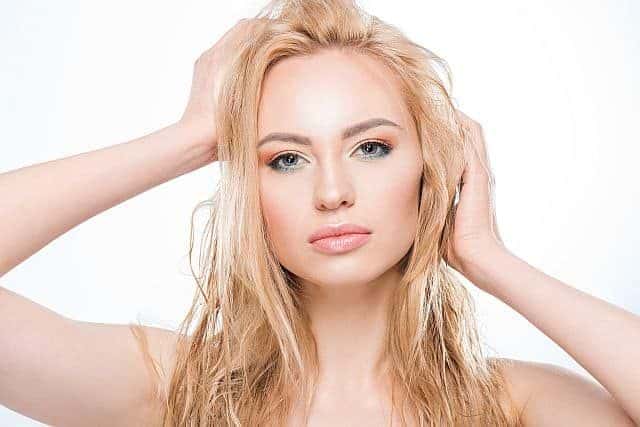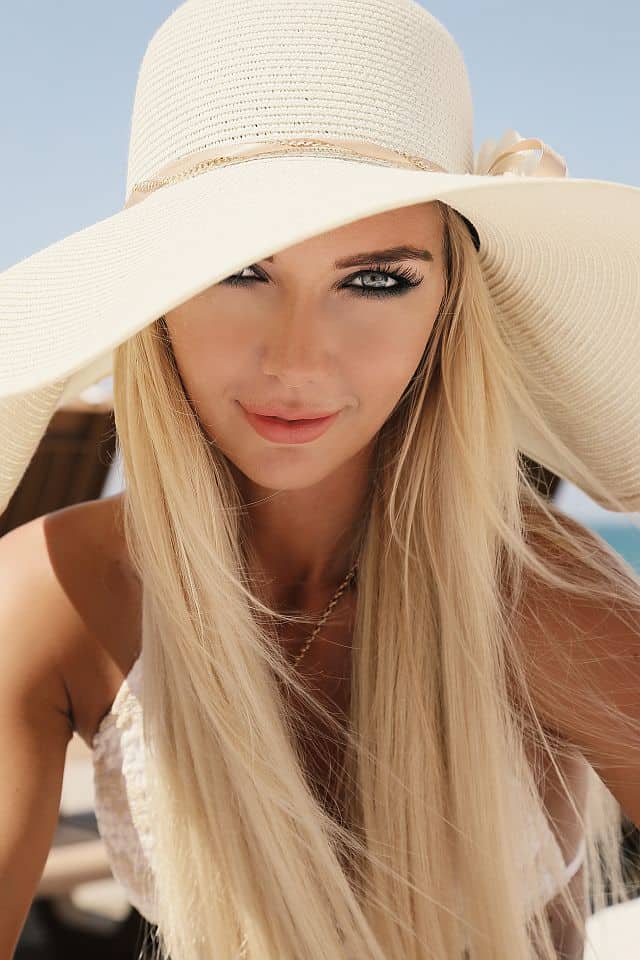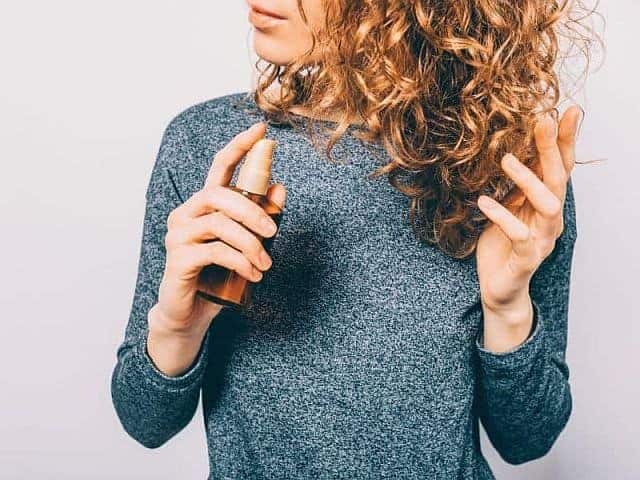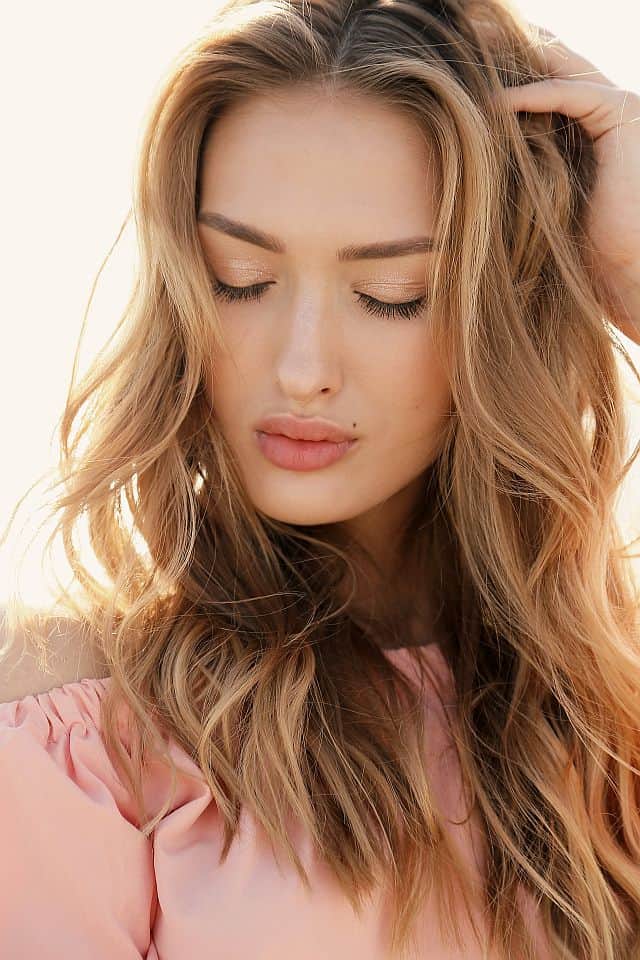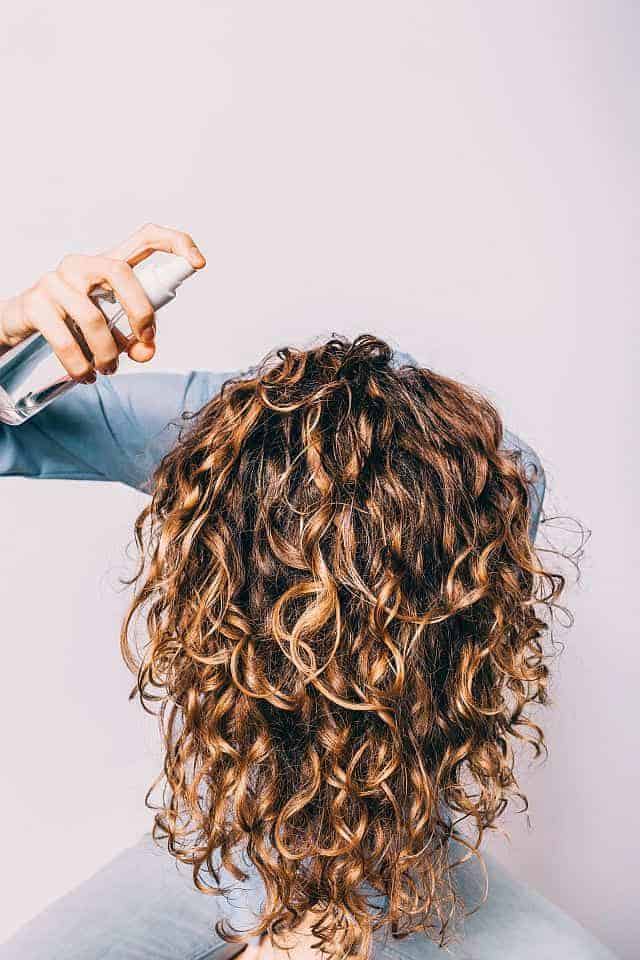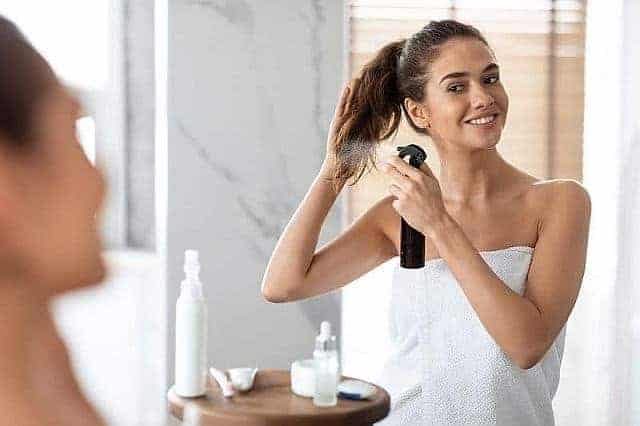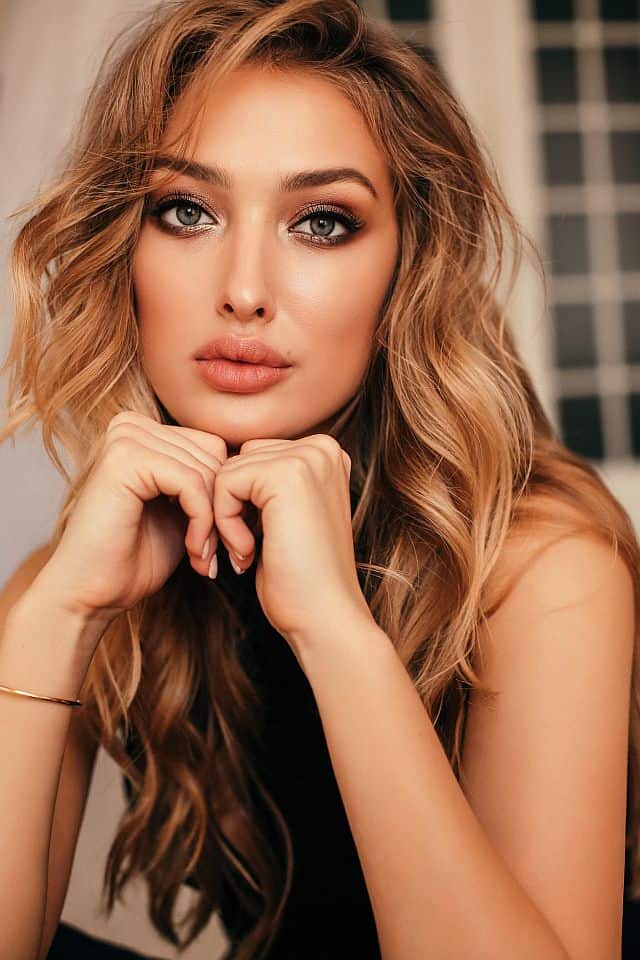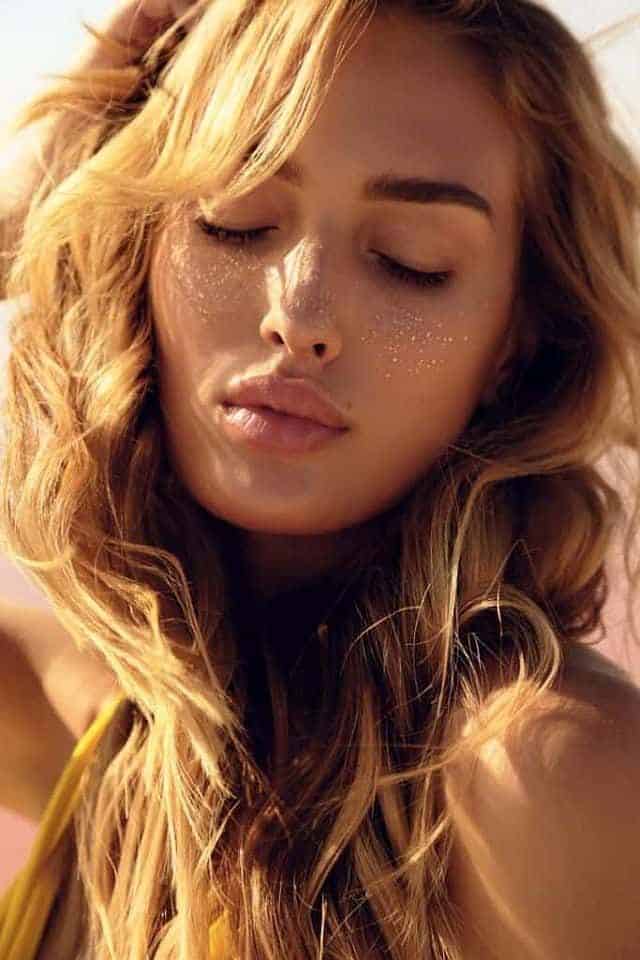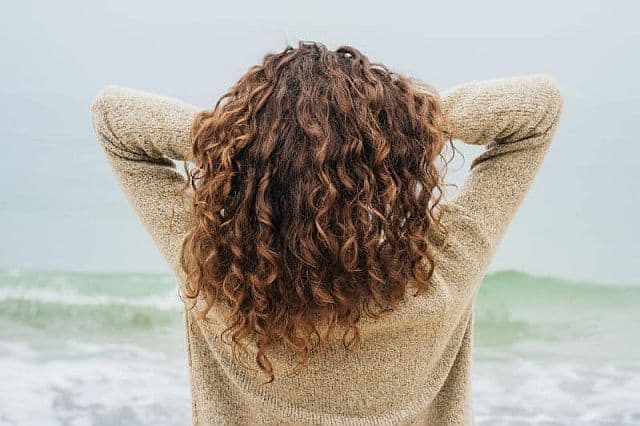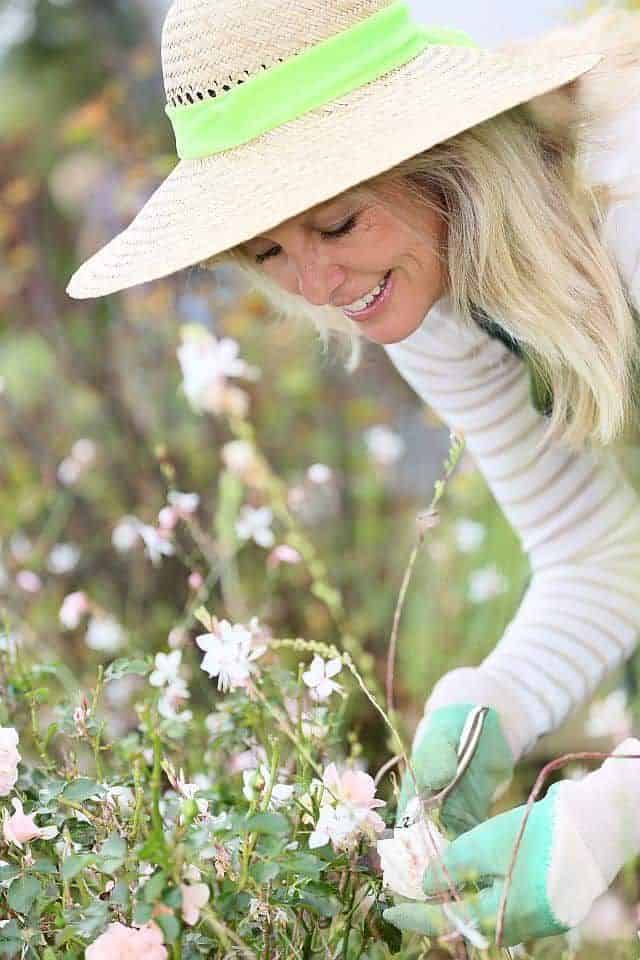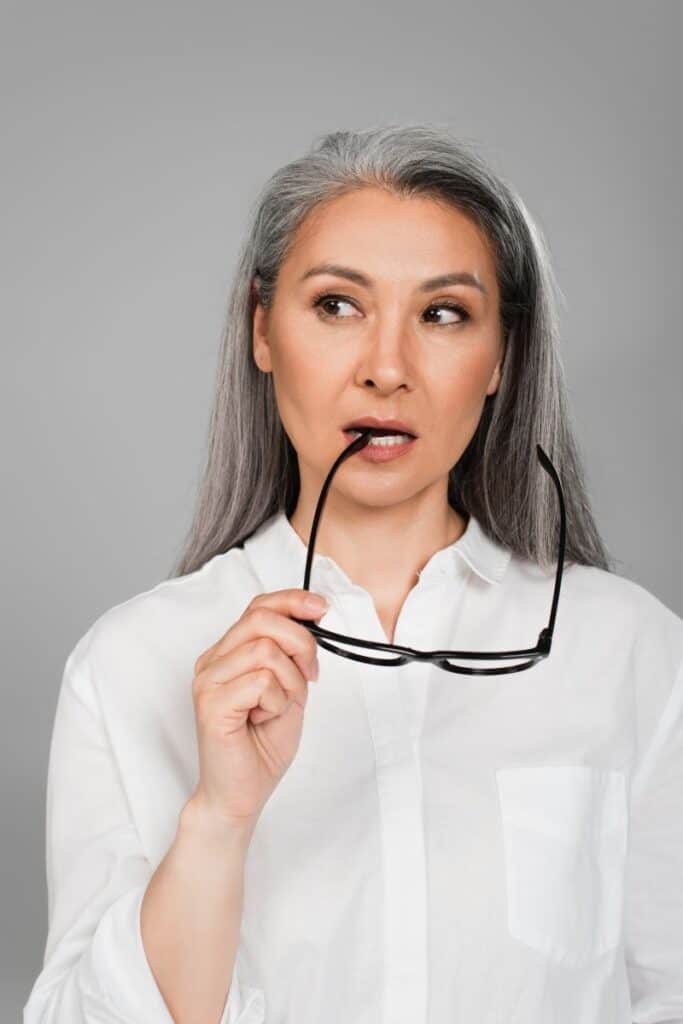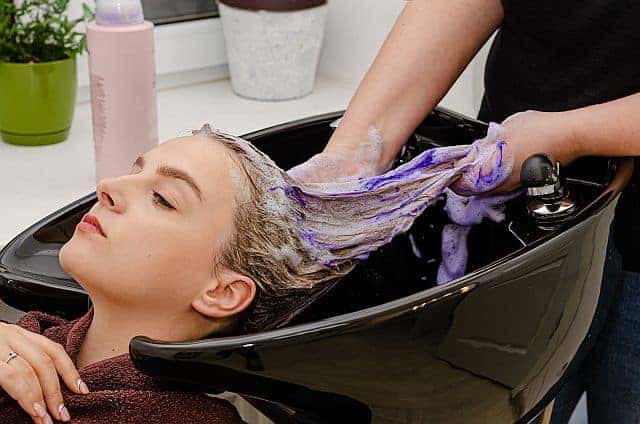Fly-away hair happens when your strands are rubbed against some materials that hold static electricity on their surface. Since materials with the same charge repel each other, the positively charged individual hairs try to put as much distance between them as possible. This is known as a “fly-away hair” effect.
Static electricity makes hair look untidy and difficult to manage. Fortunately, there are anti-static hair tools and products you can use to minimize the appearance of flyaway hair.
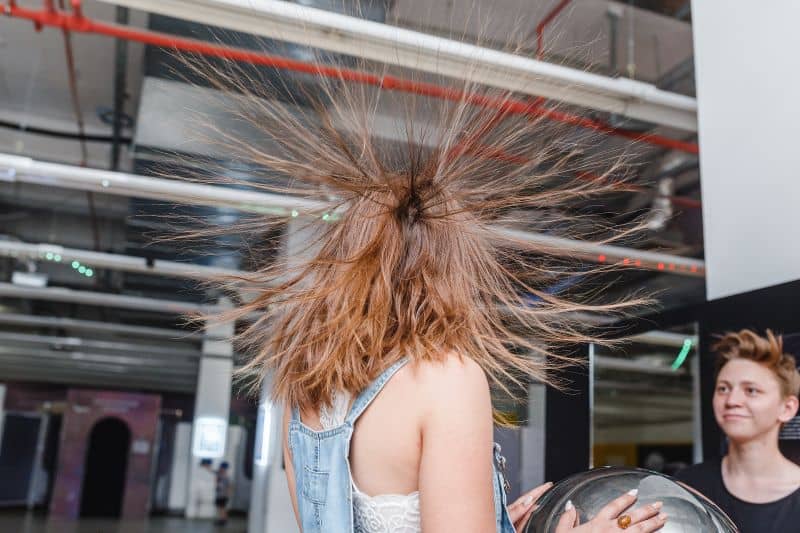
What Causes Static Hair?
- Dry hair: Dry, over-processed, and fine hair is more prone to turn into fly-away strands than thick or healthy hair. Higher moisture content increases the conductivity of hair strands and makes it easier for your hair to spread out and neutralize the static charge. Dry hair acts as an insulator and cannot conduct and release the static charge, which causes your positively charged strands to repel each other and fly in all different directions.
- Dry air: Hair becomes more prone to static during cold winter months due to the lack of humidity in the air. Dry external conditions and dry indoor air due to heating, absorb the moisture not only from the air, but from your hair as well, and this encourages the accumulation of static electricity. The humidity prevents the build-up of static and helps to release it from hair, while dry air increases the build-up of electrical charges.
- Clothes: Sweaters, coats, and caps made from wool, acrylics, and polyester tend to cause an accumulation of static when rubbed against your hair. Resist wearing hats or caps made of these materials and look for cotton clothes instead.

How to Tame Flyaways?
When your hair flies in different directions it might be challenging to maintain a respectable style. Trying to fix the style with an ordinary brush creates even more static electricity, worsening the problem.
To reduce static electricity build-up, you need to keep your locks healthy and well moisturized. There are also some quick fixes to try when it is not possible to prevent your hair from becoming charged with electricity.
Products for Flyaway Hair
1. Shampoo for Staticky Hair
Avoid shampooing your hair daily, as excessive washing can cause hair to become overly dry. When detergents in a hair shampoo deprive your hair of its natural oils, it becomes drier and more prone to static. Skipping a day in between shampoos helps keep the natural moisture in your hair, making it less prone to static.
Refrain from using shampoos with sulfates, as these tend to strip the natural oils from your hair and disturb the natural pH balance. Select a hydrating, nourishing shampoo that only washes away dirt and the surface level of excess sebum.
Related product: Aveda Smooth Infusion Shampoo helps soften hair and makes it easier to style. Hydrolyzed wheat protein and a special infusion of plant extracts help to create a smooth surface on hair to reduce frizz, minimize flyways, and add extra shine.
2. Conditioner for Flyaway Hair
Use a moisture-rich conditioner every time you shampoo your hair to prevent dryness and reduce static charge. Before exiting the shower, rinse your hair with cool water for a few seconds to seal the cuticle and prevent frizz and fly-away hair.
Keratin-enriched conditioners help seal the cuticle and reduce friction, making hair less prone to static and frizz.

3. Leave-in Conditioners for Flyaway Hair
Apply a leave-in conditioner to towel-dried hair, especially if your hair is on the dry side. This helps your hair retain its natural moisture and prevents the static charge from accumulating on your strands.
Use a deep conditioning mask once a week to restore moisture and keep your hair healthy and more resistant to static charge.
4. Anti-Static Hair Brushes
The friction caused by excessive brushing may result in fly-away hair. Combing generates less friction between hair strands than brushing and helps reduce a build-up of static charge.
Wrong: Plastic or silicone styling tools create static electricity when coming in contact with your hair. Unlike plastic brushes, hairbrushes with stainless steel bristles don’t produce a static charge and they leave your locks smooth and manageable.
Right: For detangling purposes use a good wooden comb, because wood doesn’t create static electricity in combination with other materials, including your hair. The wooden teeth of the comb also help evenly distribute natural oils, adding a nice shine to your hair.
Related product: Natural Wooden Bamboo Brush by Sofmild is made with biodegradable materials. Wooden bristles stimulate the scalp, naturally condition your hair and help create a sleek and shiny finish.
Tip 1. To create a straight look, use a hair straightener brush with negative ion technology such as Ionic Straightening Brush by HODAY. It helps to achieve a straight finish while leaving hair smooth, shiny, and static-free.
Tip 2. When blow-drying your hair, use an antistatic, ionic mineral-infused round brush that leaves your locks looking smooth, healthy, and glowing.
5. Ionic Hair Dryers
Ionic blow dryers generate negative ions which neutralize the positive charge responsible for fly-away hair. This type of hair dryer breaks the water molecules into smaller particles. This helps lessen the amount of heat and time needed for drying your hair and reduces the loss of inner moisture.
4. Anti-Static Hairsprays
An alcohol-free hairspray is a very handy styling product for taming static hair. Alcohol in standard hair sprays can lead to dryness, making the problem even worse in the long run.
Related products:
- Smart Solutions Flexible Holding Spray provides a flexible hold to keep your style all day without leaving your hair feeling sticky. It is formulated with plant extracts that help balance moisture, prevent static and fly-away hair, and protect hair color from fading.
- Oribe Foundation Mist helps detangle hair, provides thermal protection, and neutralizes the static charge.
Applying a small amount of hair oil, focusing on the ends, will counteract the static electricity. Oil-based hair products also help replenish lost natural oils, while adding a glossy shine to your hair.

Quick Fixes for Static Hair
- Hair finishing stick: The flyaway tamer wand quickly and effectively fixes flyaway hair, broken hair, and edge hair, making your hairstyle neat and smooth. This way you can put annoying flyaway hair under control instantly. This hair-taming product is small and easy to carry in a bag and use when needed.
Hair Feel Finishing Stick by Aroamas uses natural ingredients such as beeswax, seed oil, primrose oil, and camellia to smoothen flyaways and create a shiny finish. Just dip the mascara brush in the gel and lightly run it over rebellious strands.
2. The magic of dryer sheets: Keep a dryer sheet in your purse for emergencies. When your hair gets charged, place and rub it over your hair. In the same way, as a dryer sheet neutralizes the static in your clothes, it will instantly help smooth your hair. Try to avoid this method when possible, as a dryer sheet contains toxic chemicals that can be absorbed through your skin.
3. Wet your hands: Sliding your wet fingers along the hair is another quick and easy way to tame fly-away strands.
